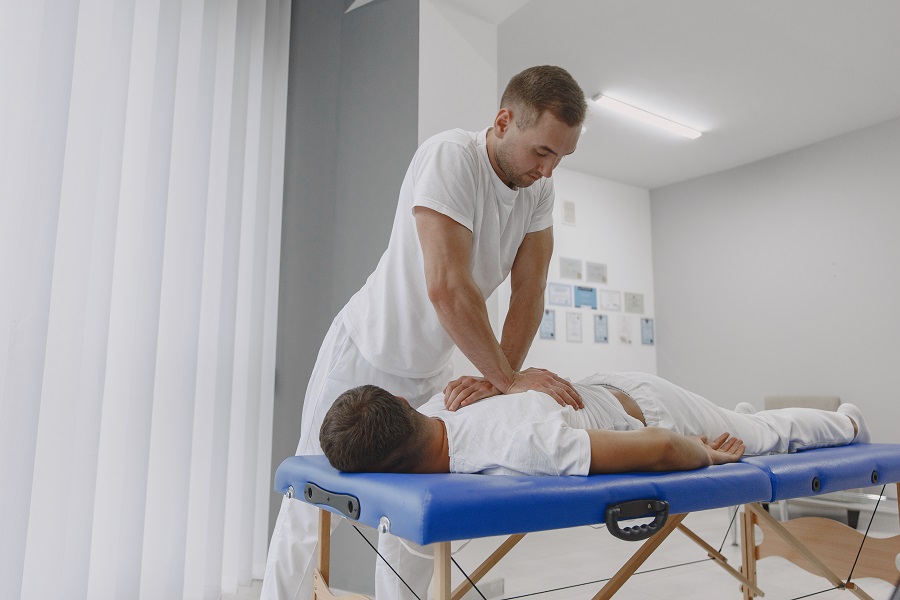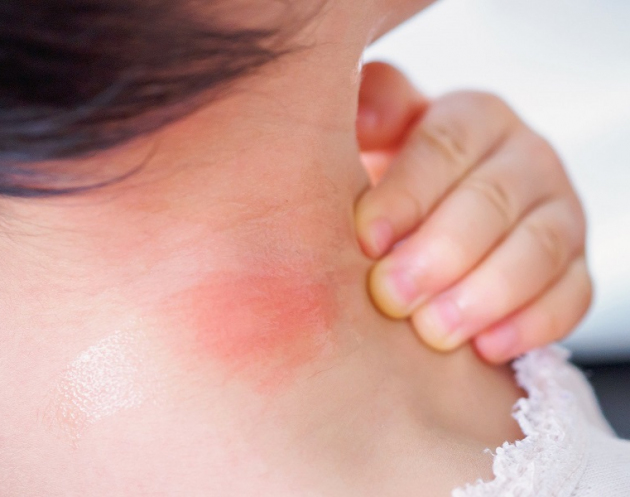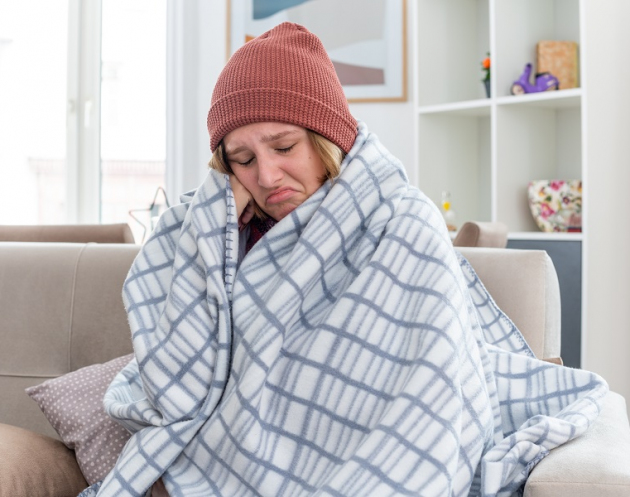Massage therapy is a massage that affects muscles and soft tissues, performed by a specialist
Massotherapy refers to a set of massage techniques that are performed with the hands by exercising a series of movements on the patient’s body surface. Massotherapy refers to a set of massage techniques that are performed with the hands by exercising a series of movements on the patient’s body surface .
Massage therapy: what it consists of
Massage therapy is an ancient form of therapeutic massage for muscles and connective tissues, which is performed with the hands . It can therefore be defined as a particular manual lymphatic drainage massage .
It is performed by practicing a set of different freehand maneuvers on the body and serves to soothe muscle or joint pain, reduce muscle fatigue especially after a sports training, eliminate tensions that may originate from stress or poor posture and in general help to procure well-being and to tone the tissues.
It is also considered a rehabilitation and preventive practice against many diseases that affect the muscles.
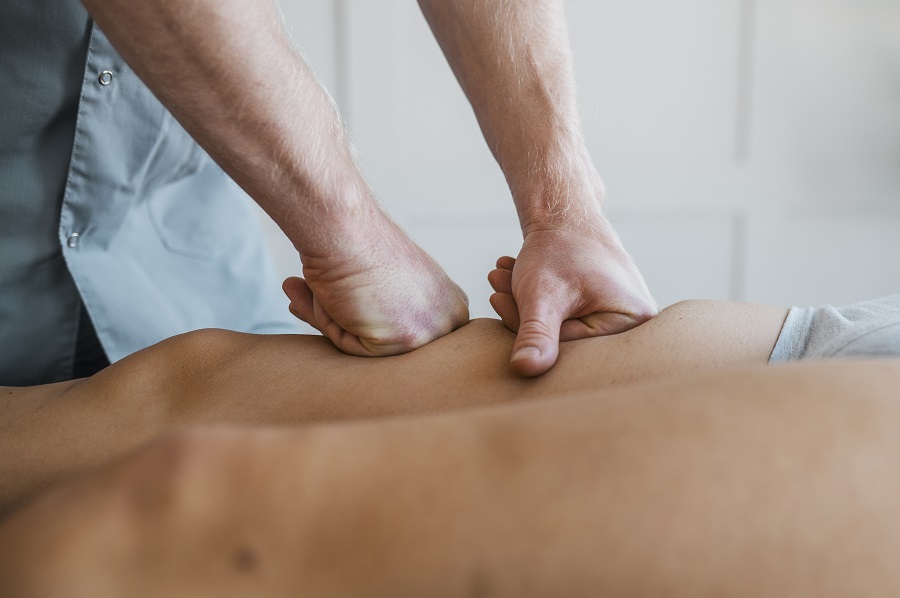
Meaning and origin of massage therapy
The word massage can have different origins:
- Mass in Arabic means to touch gently
- Massein in Greek means to knead, to rub
- Mashech in Hebrew means to touch, to feel
- Masser in French means to rub
It is a technique that has very ancient origins.
History of massage therapy
According to historians, the first forms date back to 2,000-3,000 BC in Ancient Egypt.
The first evidence, however, dates back to the Greeks, who used this massage to give comfort after battles or after sporting activities.
It comes to us as a form of therapy complete with rules, indications and contraindications thanks to the study and study of the Swedish doctor, gymnast and physiotherapist Pehr Henrik Ling (1776 and 1839). Ling is founded the technique on which Swedish massage is based and laid the foundation for massage therapy.
How to do it
It is a treatment that is not performed in a single session, but the path must consist of at least 5 or 10 sessions.
The first will be purely cognitive: in this phase the therapist investigates the patient’s state of health and consults the medical history to find out which treatment to perform on the body.
The actual massage takes place in a suitable environment with a special bed. The masseur will use vegetable oil to better handle the body and glide over the skin.
Massage therapy oils
Among the essential oils most used during the massage, we have:
- Eucalyptus essential oil , diluted with sweet almond oil for massages against muscle fatigue.
- Lemon essential oil . for anti-cellulite treatments .
- Essential oil of mint , which reactivates the venous circulation, relieving the sensations of heaviness and swelling of the limbs. Mint essential oils also used against cervical tension, rheumatism and muscle pain and also as a tonic and invigorating in case of fatigue and psycho-physical stress.
- Rosemary essential oil . It has an anti-pain function for muscle disorders thanks to the relaxing properties of rosemary . Able to reactivate the circulation, it is also useful in massages against cellulite. It can also be used in the case of cervical or decontracting massage .
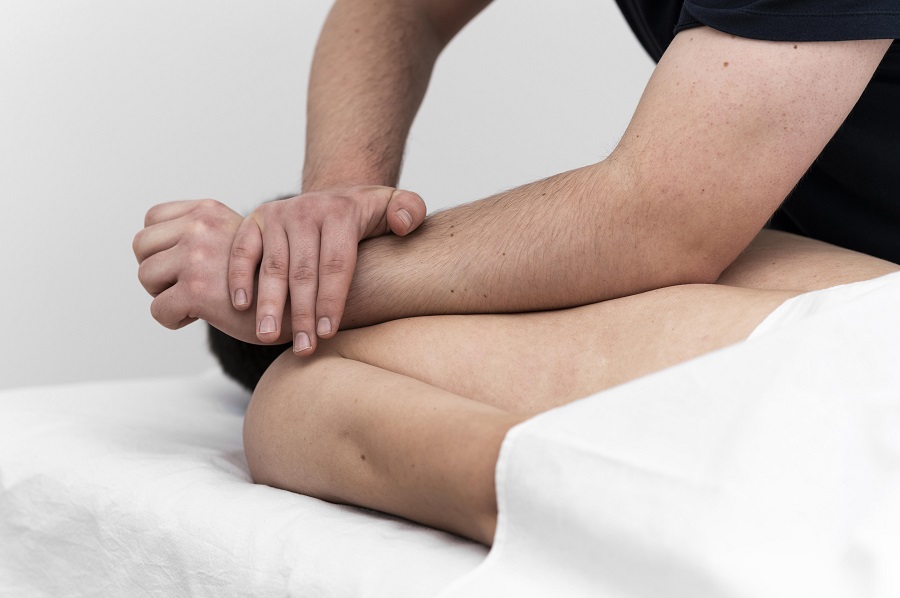
The techniques
There are several techniques performed by the masseur:
Friction: the masseur’s hands rub the patient’s skin. Contact and friction act on the outermost layer
Kneading: this is how a movement is defined that resembles that of kneading bread. It is performed on the patient if he has good muscle mass and consists of pinching and lifting the muscles by pressing the thumb against the other fingers of the hand.
Pressure: serves to facilitate the reabsorption of edema and is performed by pinching the skin. Useful for improving blood circulation.
Percussion: these are quick and short tapping done with the fingers or with the edge of the hands. This technique is useful for loosening muscle contractures, for vascularising the muscles and for stimulating the nervous system.
Vibration: these are rapid lateral movements, such as tremors that the therapist performs on the area to be treated.
Rubbing: involves pressure on the skin.
Touch: the massager glides on the skin but does not exert pressure. This technique is used at the beginning of the session and at the end.
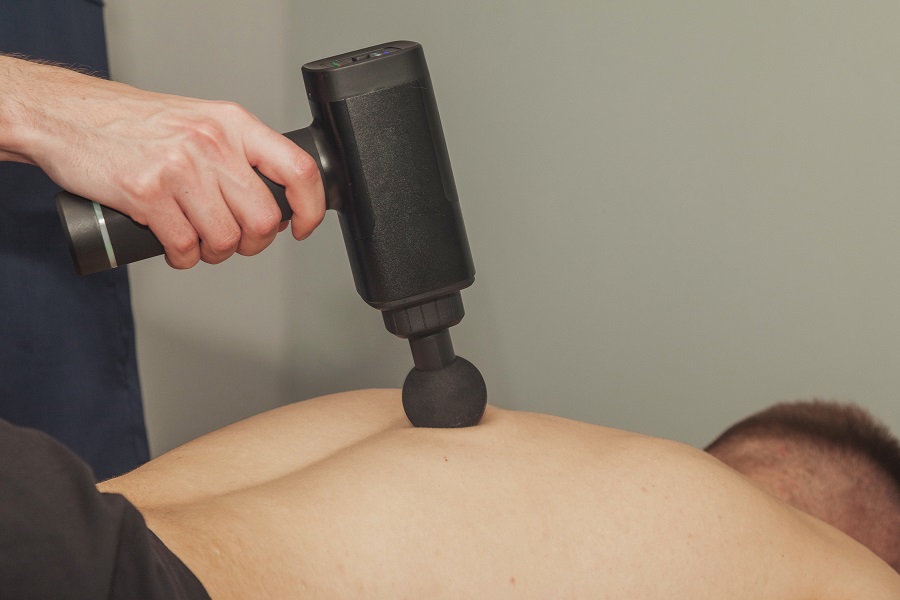
What is it for
This manual massage would benefit muscles, connective tissues and the human body in general.
In fact, it produces a significant improvement in vascularity , increases the elasticity of the skin and muscles but not only: it also determines a relaxing effect and has a sedative effect on pain.
It improves both lymphatic and blood circulation and loosens muscle contractures. In short we can say that it is useful in case of:
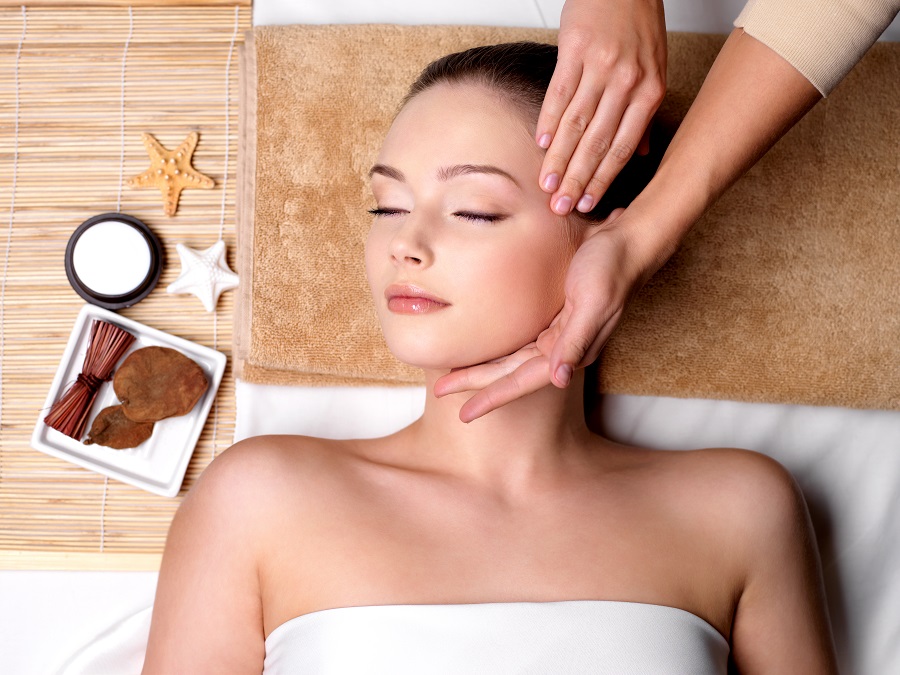
But let’s see what are the benefits it brings to our body:
- it also improves blood circulation in the capillaries. By improving circulation it also improves the supply of oxygen and nutrients to the cells.
- facilitates lymphatic drainage by helping the body to eliminate waste substances from the tissues
- increases the secretion of endorphin chemicals produced by the brain which perform an important analgesic and exciting activity
- stops the nerve signals that cause pain perception
- it relaxes the muscle groups for which it is the sports massage par excellence, because it reduces post-workout fatigue and accelerates recovery in case of tendonitis or muscle contractures.
Scientific studies state that massage therapy has a soothing action against pain and has a moderate beneficial action also against mood disorders such as anxiety or depression.
Contraindications of massage therapy
It must be performed only by qualified and qualified personnel. It has no important contraindications and can be defined as low risk.
Side effects alone, usually momentary, can occur rarely and are not dangerous:
- pain in the treated area
- swelling
- formation of hematomas
- allergic reactions to the oil used during the session
This therapy is however a contraindicated practice in case of:
- pregnancy
- people suffering from haemophilia
- patients with wounds or fractures
- osteoporosis
- recent surgery
It is not recommended to massage on an area of the body affected by a tumor.
Massage therapy for lymphatic drainage
Lymphatic drainage massage therapy is known as lymphatic drainage. It is an increasingly widespread technique and has a mainly aesthetic purpose.
This massage in fact acts on the lymphatic vessels and improves blood circulation with evident benefit in case of cellulite or water retention and also to reduce post-operative edema.
The therapy aims to reduce the feeling of heaviness and fatigue in the extremities, swollen legs , caused by accumulation and stagnation of liquids.
It must be performed in a suitable environment, by professionals. It is not just a beauty massage but must be performed with meticulous care and specific knowledge of the areas to be treated.
The massage is done gently without applying force. The movements are circular, very delicate and act on the lymph nodes to eliminate waste and toxins accumulated in the lymphatic vessels without ever causing pain.
To obtain results it will be necessary to plan a long treatment of several sessions.
Cervical massage therapy
In case of cervical pain it can be decisive, however, not only treating the painful muscle but a larger area including the shoulders and back.
The massage will affect the soft tissues and will consist of stretches, small pressures, stretches and circular movements.
The cervical massage can be performed in three different ways:
- passive: the operator moves on the muscle that remains relaxed
- active or under load : the patient makes the effort helped by the massage therapist
In general, this massage produces a general relaxation effect.
Lumbar massage therapy
Low back pain is the common back pain. Depend on an incorrect posture held for a prolonged time or on the tension of the lumbar muscles due to psychophysical stress. It can often be linked to the consequences of being overweight and sedentary.
Low back pain can also be caused by cold air blows, such as air conditioning, by humidity or by jerking due to overexertion and too intense sports training.
This widespread pain, which is localized in the lower back up to the buttock muscles, finds benefits in this type of lumbar manipulation. In fact, the treatment will touch the large muscles on the sides of the spine, offering benefits to those suffering from this disorder.
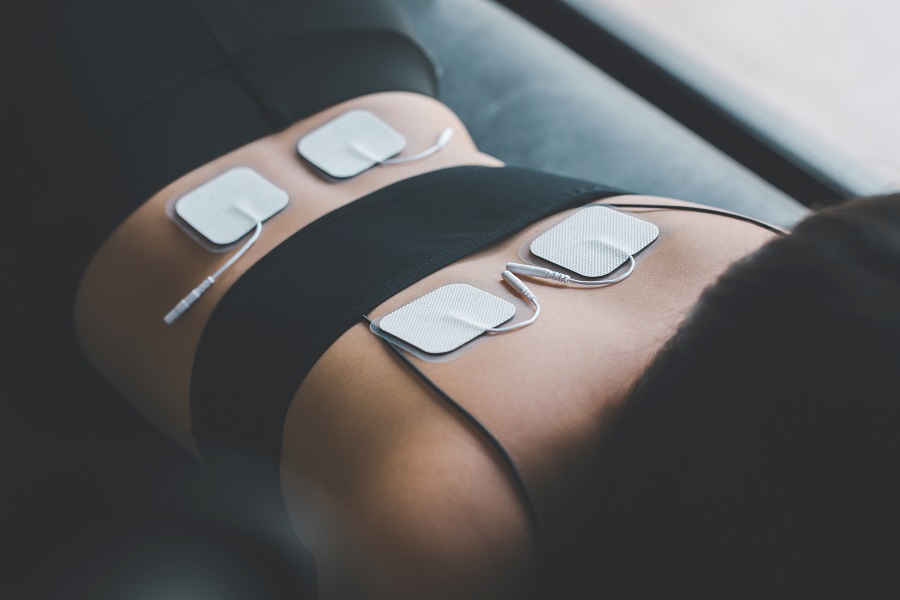
Decontracting massage therapy
The decontracting massage aims to dissolve, relieve and relax the muscle contractures present in our body. This is a technique often used on sports people and athletes in general.
During a contracture some fibers making up the muscle do not re-stretch, they remain contracted and short, causing pain and limiting movement.
The decontracting massage is performed by a massage therapist, who will first scan the muscle, and then perform the most suitable manual technique aimed at solving the problem.
The maneuvers used are usually those of rubbing and friction.
The contracture is painful and the massage will benefit both in the short term and in the long term. In the case of professional sportsmen it is absolutely unthinkable not to resort to decontracting massage therapy.
Immediately, inflammation may occur after the massage because sometimes the technique is a little incisive, but should resolve within a couple of days.
In the long term, however, well-being is assured, because the muscle fibers will relax, returning to their natural position.
Who can practice it
The massage therapist is a professional figure with a specific qualification in this discipline.
Among the subjects studied: human anatomy, physiology, human biology, chemistry, endocrinology, immunology, pharmacology, pathology.
The course lasts three years and is divided into theoretical lessons, practical exercises and internships in accredited structures. If you have a degree in sports science or similar, the course lasts 2 years.
How much does a massage cost
The massage therapy session usually lasts 30 minutes and costs 30$ every half hour.
Is the cost deductible?
The sessions are partly deductible from private insurance if prescribed by a specialist (physiatrist, orthopedist, sports doctor …) and Health Service, in this case as long as they are accompanied by the referral from the attending physician. This technique requires a three-year training diploma or a physiotherapist degree. The invoice must therefore show that the service was rendered by massage physiotherapists with these requirements.
To download this expense in the tax return, the invoice with the professional certificate attached must be kept.


